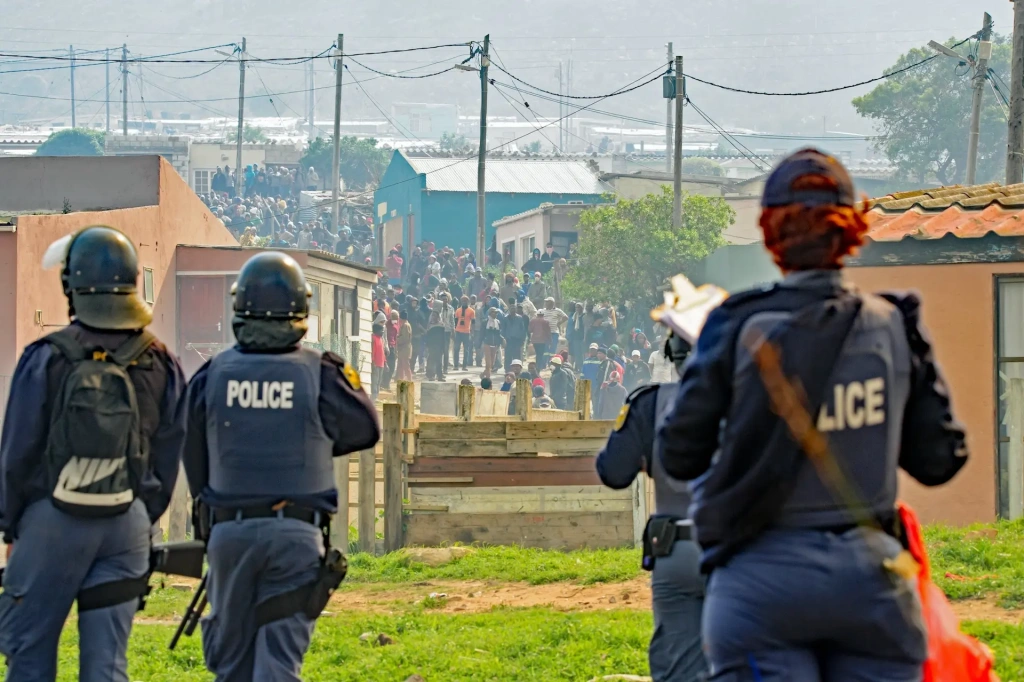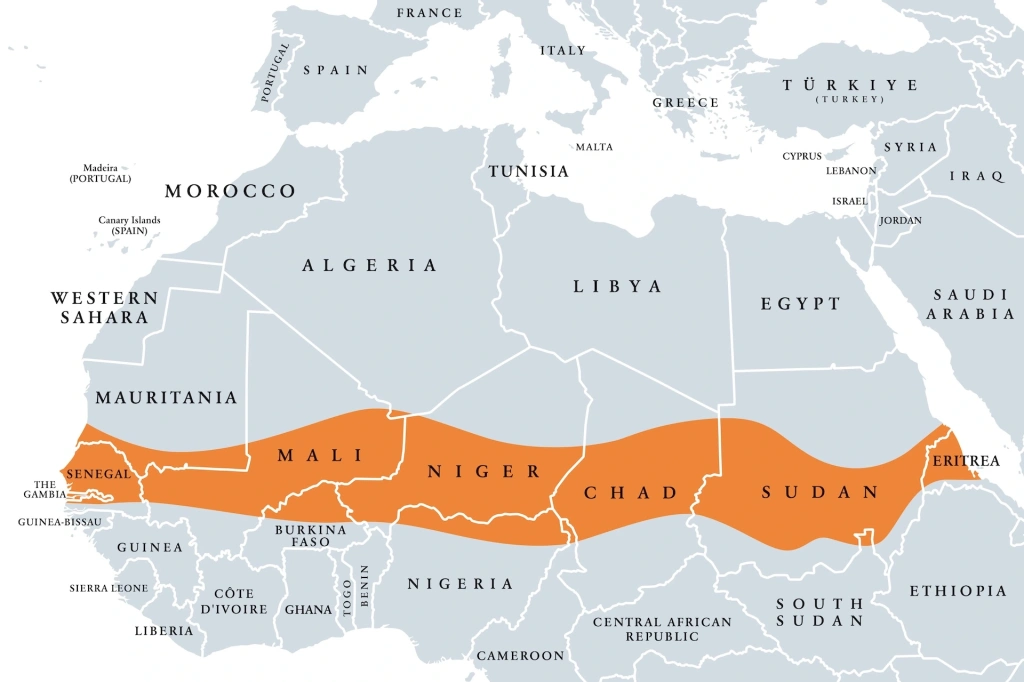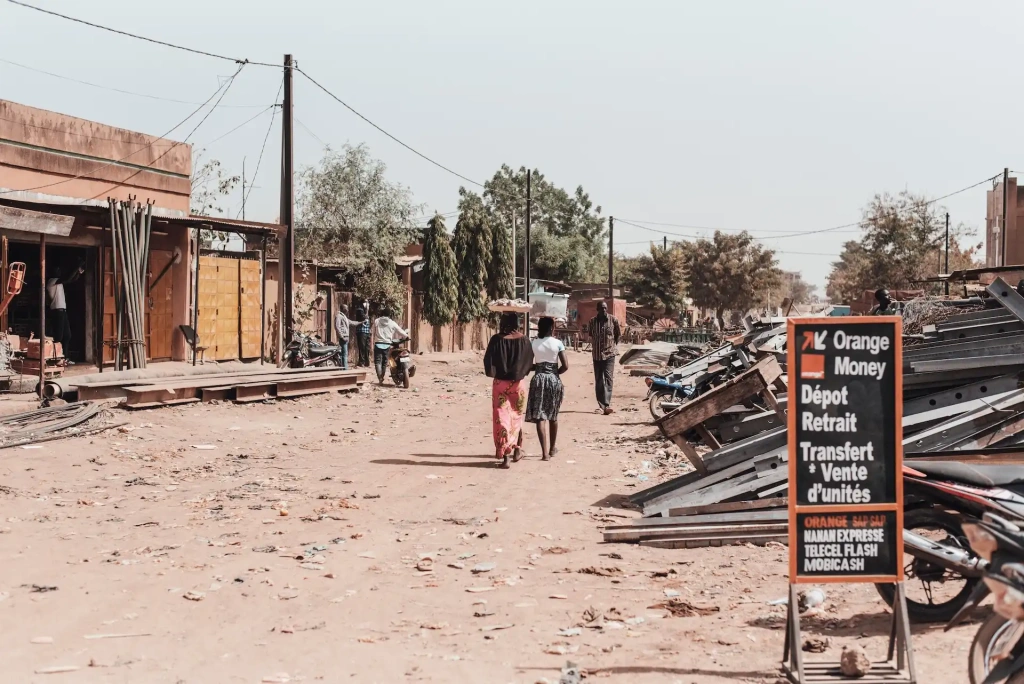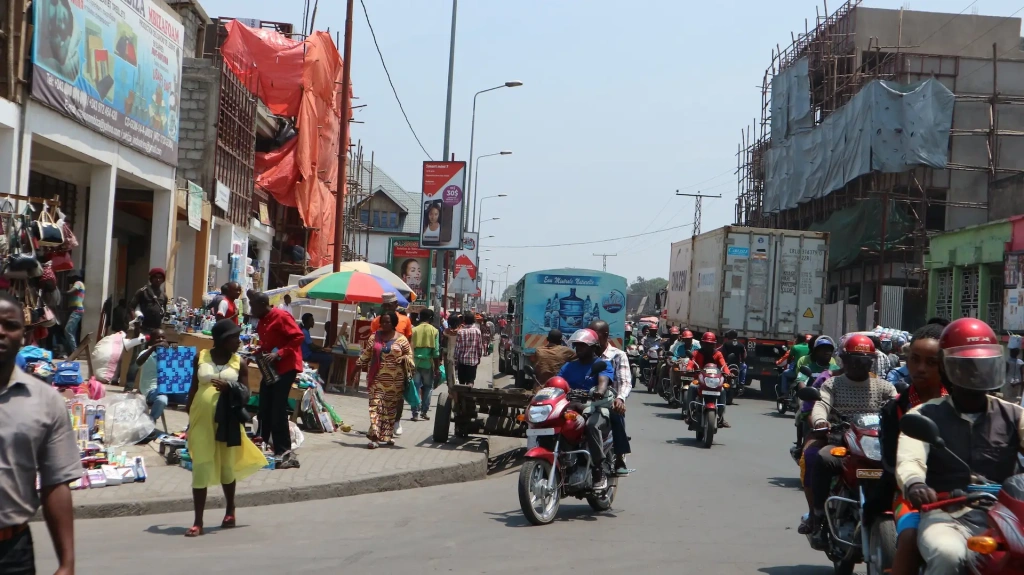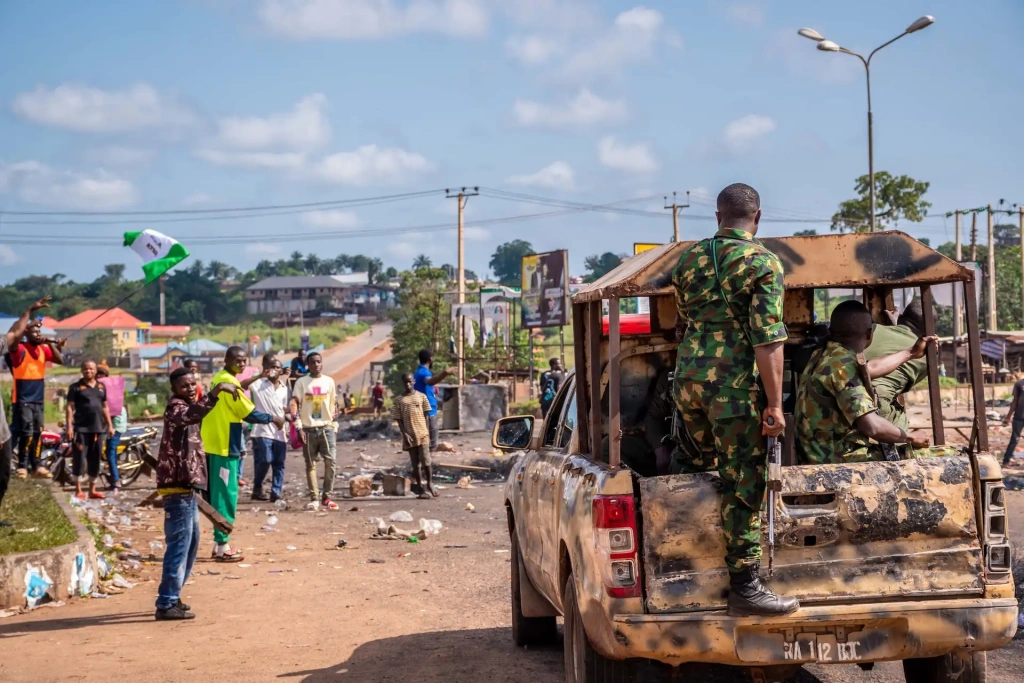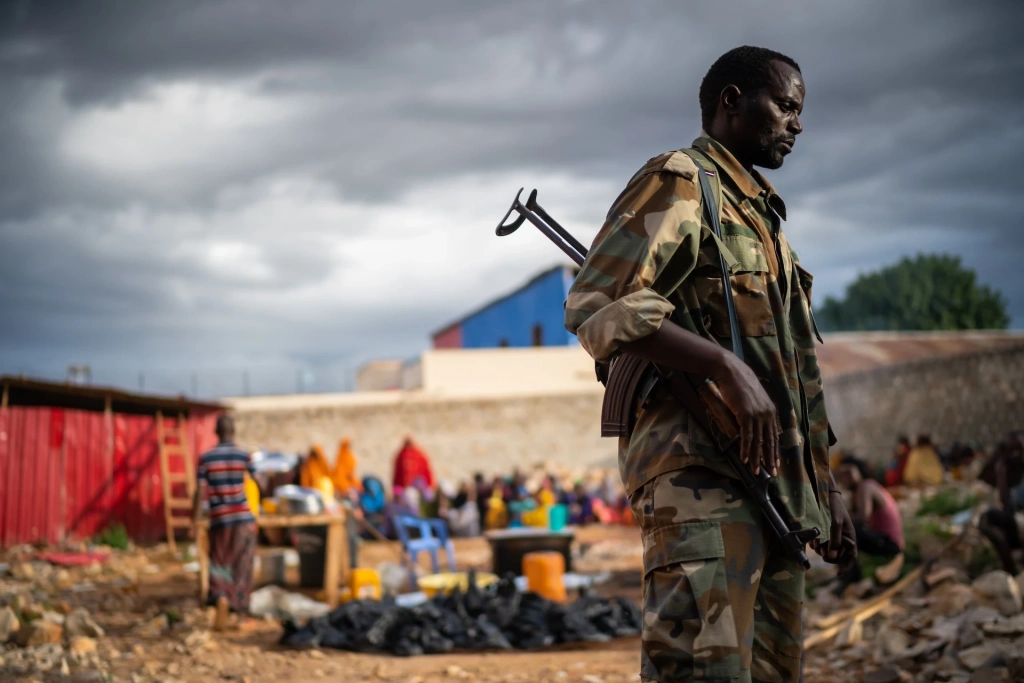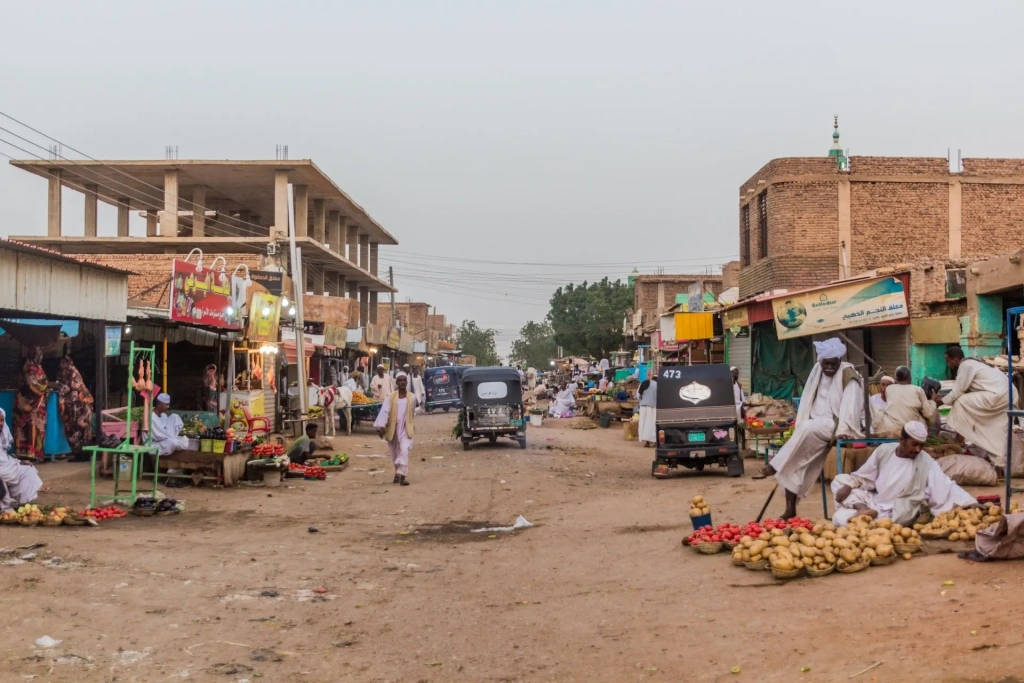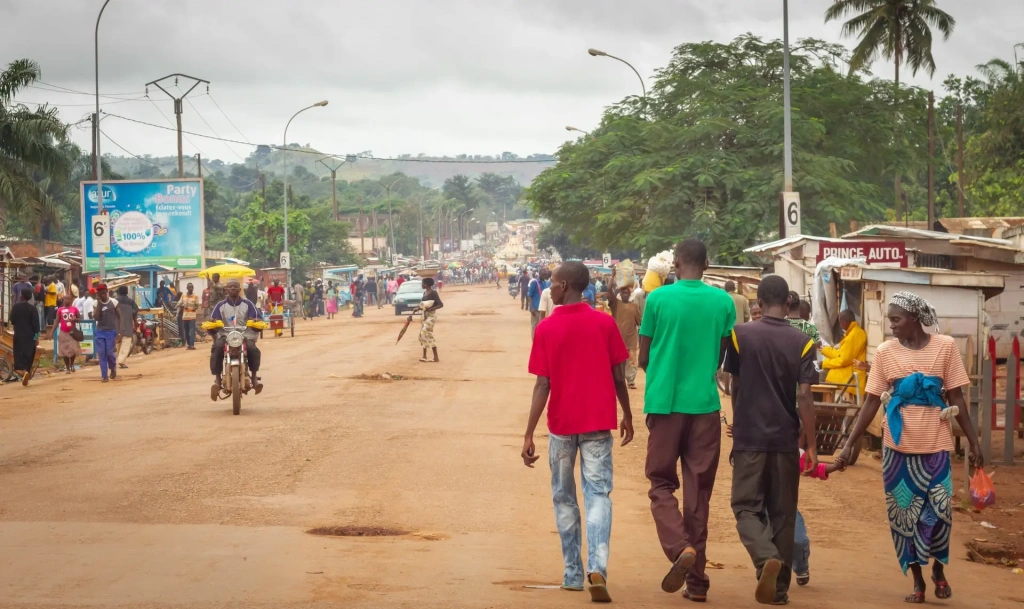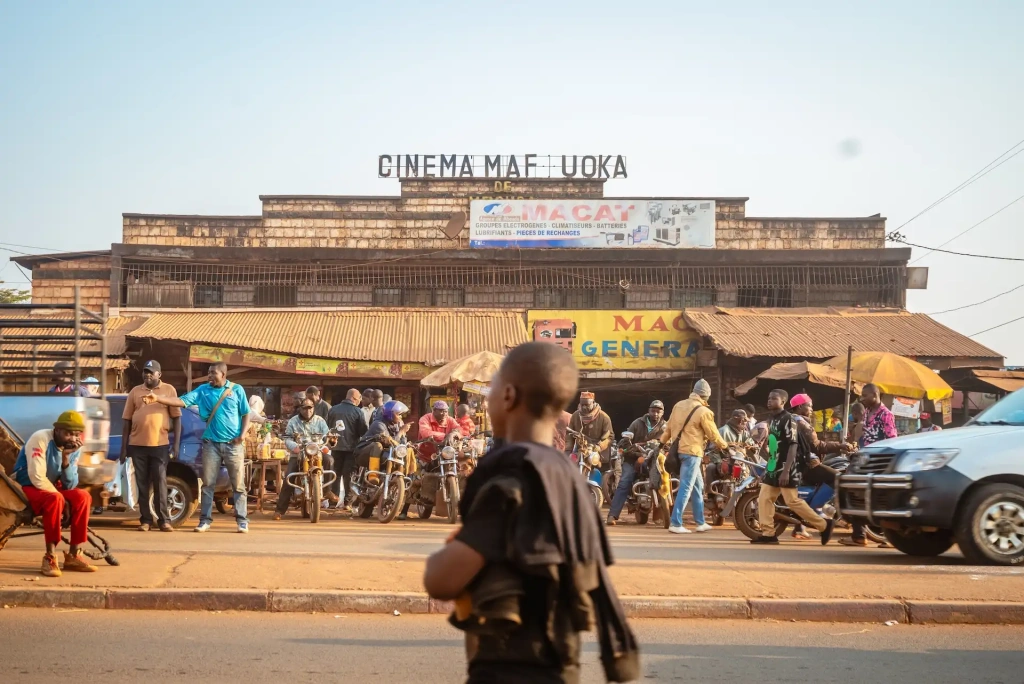What makes a country truly dangerous? Often, it's a combination of factors: a high risk of terrorism, ongoing armed conflicts, political instability, widespread organized crime, and persistent security threats.
In some parts of the world, danger goes beyond reasonable limits — entire regions are controlled by terrorists or rebel groups, and crime has become a part of everyday life. Traveling there carries extreme risk.
The editorial team at Altezza Travel reviewed more than a dozen studies and reports from leading international organizations to compile a list of the most dangerous countries in Africa.
Assessment methodology
The list of the most dangerous African countries was compiled based on the results of all the indices listed below. From each, we selected 7–10 countries with the worst indicators. Those mentioned most frequently made it onto our list.
We relied on the following sources:
- Global Terrorism Index: Evaluates the level of terrorist threat based on the number of attacks, deaths, injuries, and hostages. Compiled by the Institute for Economics and Peace, it covers recent dynamics in 163 countries.
- Global Peace Index: Assesses peacefulness, including internal/external conflicts, political instability, crime levels, and militarization. Also by the Institute for Economics and Peace.
- Global Slavery Index: Measures the prevalence of forced labor and human trafficking, including the exploitation of women and children. Developed by the Walk Free Foundation.
- Rule of Law Index: Collects and organizes data on the effectiveness of judicial systems and adherence to laws, including access to justice, property rights, and human rights. Compiled by the World Justice Project, based on expert and citizen surveys.
- ACLED (Armed Conflict Location & Event Data Project): Records data on violent conflicts, protests, armed clashes, and terrorist activity.
- Global Study on Homicide: Conducted by a UN unit based on the number of intentional homicides per 100,000 people, allowing for assessment of violent crime.
- Safety Index: An extensive analytical work by Global Residents Index, based on studies of violent death rates, kidnappings, political risks, natural disaster fatalities, and road accidents.
- Crime Index: Ranks countries by crime levels, including street attacks, robberies, car thefts, fraud, and drug trafficking. Compiled by Numbeo through surveys, reflecting citizens’ perception of threats and safety.
We also used several other authoritative sources, including the U.S. Department of State, analytics firm Statista, the Global Organized Crime Index, and others.
Mali
- Capital: Bamako
- Population: 23.1 million
Welcome to the Sahel — the region most strained in terms of security and stability. It stretches across the continent between the Sahara Desert and more fertile lands. Often referred to as one of the world’s poorest areas and a “pressure point” of the continent, the Sahel is home to many of Africa’s and the world’s most dangerous countries — especially in recent years, due to a surge in terrorist activity.
The Republic of Mali is located in West Africa and borders Senegal, Mauritania, Algeria, Niger, Burkina Faso, Côte d'Ivoire, and Guinea. It ranks third globally for terrorist threat and 154th in peacefulness.
In the Rule of Law Index, Mali ranks 141st out of 142 for “Order and Security.” The Global Study on Homicide even includes a dedicated chapter on the country. Researchers compiled homicide data from public sources, including media, between January 2020 and October 2021. They found 439 reports of murders. Only two cases included information on arrests, and 47 reported the start of an investigation.
In the Global Organized Crime Index, Mali ranks 50th globally and 15th in Africa. Human trafficking (including children), illegal arms trade, counterfeit medicines, deforestation and poaching, drug trafficking, and widespread corruption are all common.
“Criminal interests in Mali have permeated state structures and institutions, resulting in rampant corruption, misappropriation of resources, and involvement in political and economic affairs that facilitate transnational organized crime,” the report states.
Burkina Faso
- Capital: Ouagadougou
- Population: 23.8 million
Located in West Africa and also part of the Sahel region, Burkina Faso ranked first in the 2024 Global Terrorism Index, surpassing Afghanistan and Iraq, which had dominated the rankings for 13 years. In 2023, the country experienced 258 terrorist attacks that killed 1,907 people — nearly a quarter of all terrorism deaths worldwide.
In the Global Peace Index, Burkina Faso ranks 149th out of 163, and 138th out of 142 for “Order and Security” in the Rule of Law Index. There are no precise crime statistics publicly available. The Global Study on Homicide notes that over 9,300 people were killed in violent incidents in the Sahel in 2022, though it’s nearly impossible to determine the exact motives. The easy access to weapons fuels countless conflicts — some rooted in social tensions (e.g., among farmers competing for resources), others politically or religiously motivated attacks.
The presence of embassies in the capital does not indicate safety or a developed tourism sector. Extremist groups have attacked even government buildings and crowded public places, including downtown restaurants. Street robberies, human trafficking (especially involving children), and organized crime are widespread. The government has taken steps to stabilize the situation and made some progress, but a lack of resources and corruption mean the reality on the ground remains extremely tense.
Democratic Republic of the Congo (DR Congo)
- Capital: Kinshasa
- Population: 103.3 million
The Republic of the Congo and the Democratic Republic of the Congo are two separate nations. While both have suffered internal conflicts since gaining independence, only one consistently ranks among the world’s most dangerous countries.
DR Congo ranks 13th globally and 7th in Africa for the number of terrorist attacks and casualties. It sits at 159th out of 163 in peacefulness. In the Rule of Law Index, it outperforms only Venezuela, Cambodia, Afghanistan, and Haiti — on par with Myanmar and Nicaragua.
Crime data is available only in ACLED reports (which recorded a spike in terrorist activity in 2024) and the Global Organized Crime Index, where DR Congo ranks 5th globally and 1st in Africa.
The country struggles with human trafficking, child recruitment into armed groups, and illicit weapons trafficking. It also contains Africa’s largest tropical forest, which is heavily affected by illegal logging due to high corruption and weak oversight. Despite some governmental efforts, the country remains a key hub for the illegal ivory trade.
Other serious issues include drug trafficking, numerous armed groups (both rural and urban), weak political governance, a dysfunctional judicial system, and ineffective policing.
Nigeria
- Capital: Abuja
- Population: 232.8 million
Nigeria is a vivid example of contrast in Africa. It is the most populous country on the continent and one of the richest in natural resources. It ranks among the top ten global oil exporters and simultaneously appears in nearly all negative rankings — not just in Africa but globally.
In the Global Terrorism Index, Nigeria ranks 8th, with only Somalia, Afghanistan, Syria, Pakistan, Mali, Israel, and Burkina Faso having higher threat levels. In the Global Peace Index, Nigeria sits in the red zone — 147th out of 163. It ranks 120th out of 142 in the Rule of Law Index and 11th out of 147 in the Crime Index.
According to the Global Organized Crime Index, Nigeria faces serious challenges, including human trafficking, illegal arms trade, drug trafficking, armed gangs, corruption, and political and social tensions.
“Muggings, assaults, burglaries, car-jackings, rape, kidnappings, and extortion occur regularly. Law enforcement authorities usually respond slowly and often do not have the resources to provide investigative support to victims”, states the U.S. Department of State website.
The UK government also warns its citizens of a high risk of terrorist attacks in Nigeria, particularly in the states of Borno, Yobe, and Adamawa.
Somalia
- Capital: Mogadishu
- Population: 17.6 million
Located on Africa’s eastern coast and bordering Kenya, Ethiopia, and Djibouti, Somalia is consistently listed among the world’s poorest countries. The nation is effectively fragmented into territories controlled either by the government or by extremist and terrorist groups.
In recent years, the government has reduced the number of terrorist attacks and casualties, but the country still ranks 7th in this category and is considered one of the world’s most dangerous. In 2023, there were 193 incidents with 434 deaths — down 37% and 43%, respectively, from the previous year.
Reliable crime statistics are difficult to find, likely due to ongoing conflict and data collection challenges. Nonetheless, Numbeo ranks Somalia 17th globally in terms of perceived crime, and it stands 45th in the Organized Crime Index.
Major issues include terrorist group activity, human trafficking, slavery (including sexual slavery), extortion, arms smuggling, piracy, and the capture of wild big cats such as cheetahs and lions for sale to the Middle East.
The United States Government Department of State assigns Somalia the highest “Level 4 – Do Not Travel” warning for tourists.
Sudan
- Capital: Khartoum
- Population: 48.3 million
This East African nation currently has little to no terrorist threat and a comparatively lower crime rate than other countries on this list. However, a civil war that broke out in 2023 has made Sudan one of the most dangerous countries on the continent and in the world. The conflict has been marked by armed clashes, mass killings of civilians, and a deepening humanitarian crisis. Even conservativeunofficial estimates suggest the number of deaths may have reached 15,000–30,000 by mid-2024.
Sudan ranks 75th out of 147 in the Numbeo Crime Index and 33rd globally (8th in Africa) in the Organized Crime Index. The country remains a source and transit hub for human trafficking. Refugees, women, and children are the most common victims. Other widespread issues include arms smuggling, gold smuggling, and drug trafficking. Illegal substances are transported via cargo and fishing vessels and are distributed both domestically and internationally.
South Africa
- Capitals: Pretoria (administrative), Cape Town (legislative), Bloemfontein (judicial)
- Population: 62.2 million
Located at the southern tip of the continent, South Africa borders Namibia, Botswana, Zimbabwe, Mozambique, and Eswatini. Within its borders lies the enclave country of Lesotho. Being on this list, South Africa also exemplifies Africa’s striking contrasts. It is the continent’s most economically developed country, rich in mineral resources, and the only African member of the G20 — besides the African Union as a collective.
The Institute for Economics and Peace places South Africa at the very bottom of the Global Terrorism Index (virtually no terrorist threat) and 127th in the Global Peace Index. For comparison, the U.S. ranks 132nd in the same index. In the Rule of Law Index, South Africa ranks 57th, ahead of countries like Bulgaria, Moldova, Thailand, India, China, Russia, and others.
So why is it considered one of the most dangerous countries? Because of its crime rates and organized criminal networks.
According to the Global Study on Homicide, South Africa recorded nearly 25,000 violent deaths in 2021 — a figure that rose by another 14% in 2022. In the Safety Index, Johannesburg and Cape Town ranked 172nd and 174th out of 181 cities, respectively. Numbeo ranks South Africa 5th in the world for crime, after Venezuela, Papua New Guinea, Haiti, and Afghanistan.
Widespread issues include human trafficking (including for organ trade), illegal arms trafficking, poaching of rhinos, lions, and elephants, drug distribution (including large-scale exports), and organized crime networks that control all these markets through corrupt ties in all branches of government.
Central African Republic (CAR)
- Capital: Bangui
- Population: 5.2 million
Located in Central Africa, the country borders Sudan, South Sudan, DR Congo, Republic of the Congo, Cameroon, and Chad. It is one of the least populated, poorest, and most dangerous countries not just in Africa, but globally. In the Global Peace Index, CAR ranks deep in the red zone — 150th out of 163.
For more than a decade, the country has been engulfed in civil war, accompanied by military conflict, civil unrest, political instability, and widespread violence against civilians. These conditions, coupled with a severe humanitarian crisis, make statistical tracking extremely difficult. As a result, CAR does not appear in the Global Study on Homicide, the Numbeo Crime Index, or the Safety Index.
Various international institutions have raised serious concerns about human trafficking. Victims include both locals and foreign nationals, especially refugees from neighboring countries, who are considered among the most vulnerable. Ongoing conflict and porous borders have led to high demand for illegal firearms and light weapons. In some cases, according to the Global Organized Crime Index, this illicit trade is controlled by military officers.
Armed groups are involved in nearly every type of criminal activity — from illegal mining and kidnapping to smuggling and wildlife trafficking. In addition, there are numerous small gangs operating in the country. These groups are not part of any organized rebellion but engage in cattle theft, assaults, robberies, and illegal trade (gold, diamonds, weapons). For many, this kind of crime serves as a substitute for stable employment due to the lack of alternative income sources. The dire economic and humanitarian situation forces many state officials and security forces to collaborate with the gangs.
Cameroon
- Capital: Yaoundé
- Population: 29.7 million
Located in Central Africa, Cameroon is considered one of the continent’s more self-sufficient countries, yet nearly half its population lives below the poverty line. The situation is rapidly deteriorating due to a humanitarian crisis caused by armed conflict. This is reflected in data from the Institute for Economics and Peace: Cameroon ranks 12th in the Global Terrorism Index — placing it in the red zone alongside other unstable countries in the Sahel and the Middle East. It is ranked 137th in the Global Peace Index and 133rd in the Rule of Law Index.
Organized crime in Cameroon is driven by terrorist groups, separatist militias, and urban youth gangs. Their activities include attacks, kidnappings for ransom, extortion, smuggling, drug and arms trafficking, theft, and money laundering. The identities of these individuals are often difficult to determine, as many travel from neighboring countries specifically to “work” in these networks.
Other major issues include the affiliation of some government officials with criminal groups, widespread corruption, illegal logging (for timber exports to Europe and Asia), and poaching. Due to these factors, Cameroon has already lost several animal species, including cheetahs and black rhinos.
FAQs about the most dangerous countries in Africa
What are the most dangerous countries in Africa?
According to data from 2024–2025, the most dangerous countries in Africa are: Burkina Faso, Mali, the Democratic Republic of the Congo, Nigeria, Somalia, Sudan, South Africa, the Central African Republic, and Cameroon.
These countries rank high across nearly all indices and ratings, though the nature of the threats varies. In some, terrorism is on the rise; in others, it's organized crime.
Which other African countries are not entirely safe?
This list can be extended to include Libya, Mozambique, Niger, Chad, South Sudan, Ethiopia, Côte d’Ivoire, and Kenya.
This does not mean tourists are guaranteed to face danger in each of these countries, but it is strongly recommended that they check the current situation (e.g., in local media) before traveling and consult travel advisories from their home country’s government.
Which country has the highest crime in Africa?
According to the latest official data from the Numbeo Crime Index, South Africa has the highest crime rate in Africa. It ranks 5th globally, with consistently high levels of violent crime, including assaults, robberies, carjackings, and murders.
The Global Study on Homicide also reports nearly 25,000 violent deaths in South Africa in 2021, further confirming its status as the African country with the highest crime rate.
Which countries are the safest in Africa?
According to the latest review by Altezza Travel, the safest countries on the African continent are: Mauritius, Ghana, Zambia, Namibia, Morocco, Tunisia, Egypt, and Tanzania.
Tanzania, notably, attracts a large number of international tourists each year who come to visit its world-renowned safari parks or climb Mount Kilimanjaro.
All content on Altezza Travel is created with expert insights and thorough research, in line with our Editorial Policy.
Want to know more about Tanzania adventures?
Get in touch with our team! We've explored all the top destinations across Tanzania. Our Kilimanjaro-based adventure consultants are ready to share tips and help you plan your unforgettable journey.















